Know more about Berry Lenses
At Berry Lenses, our product used advanced materials so you look wonderful and feel even better. Whether you’re questioning which contact lens material is good for the eye or comparing contact lens vs glasses, here’s what sets our lenses apart:

Our lenses are made with MPC Polymer Hydrogel, it is a trusted material used in medical fields
like artificial membranes. It gives you;
• Soft and Gentle – Feels smooth and natural on your eyes.
• Moisture Lock – Keeps your lenses hydrated all day long.
• Low Irritation – Perfect even for sensitive eyes or beginners looking for contact lens
solution alternative options.
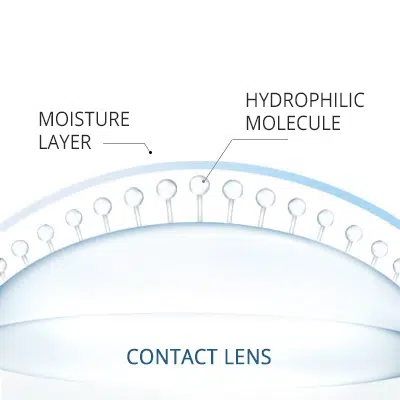
Tired of dryness and discomfort? The Moisture Barrier Shield diminish the buildup of proteins
and debris. It means;
• Keeping the lenses fresh and easier to clean with your contact lens solution.
• Helps avoid dryness and irritation.
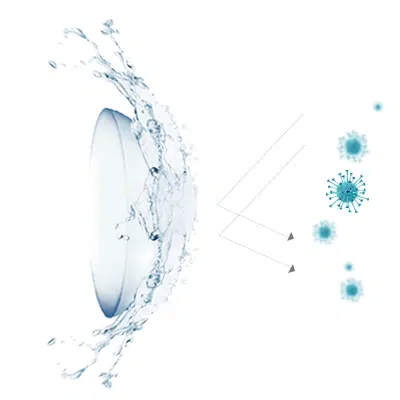
At Berry Lenses, we can say that no more scratchy edges! Our contact lens size options feature
smooth seams for effortless wear. It is perfect if you love a clean fit whether you choose contact
lens doll eyes for a big-eyed look or subtle, clear lenses
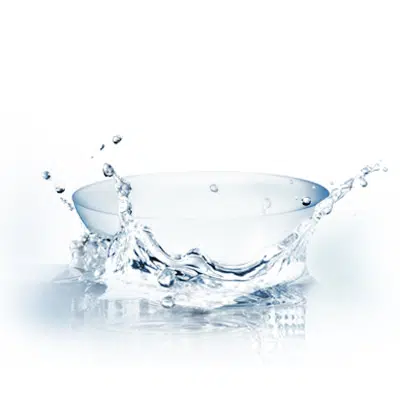
Contact Lens material available in the Market
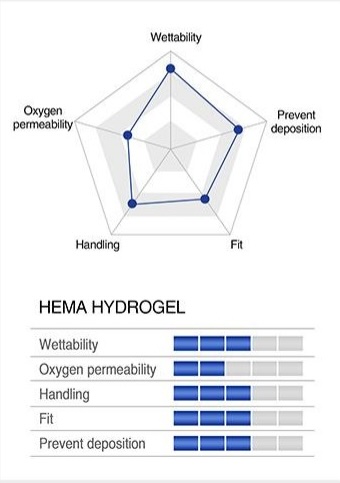
It is a commonly used soft contact lens material that offers good comfort and handling, but has lower oxygen permeability and may not be ideal for long hours of wear due to drying.
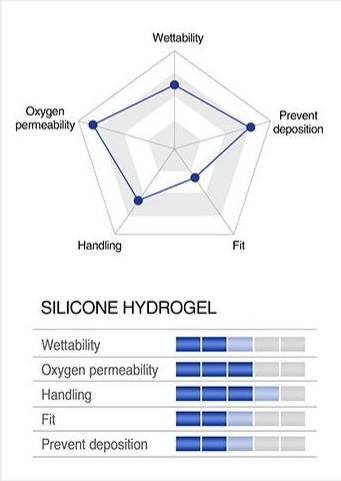
It’s a modern lens material that combines good moisture with high oxygen flow, making it suitable for all-day wear, although it may feel a bit firmer or harder to fit for some users but Best for long-time or all-day wearers needing more oxygen.
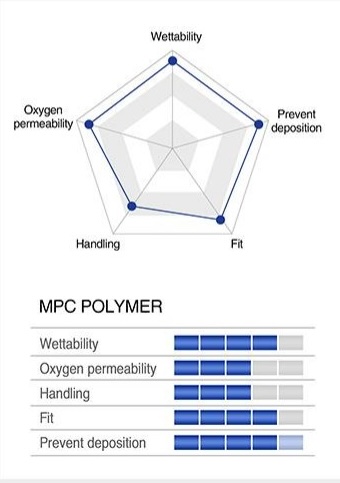
It is also known as Phosphorylcholine Hydrogel—an advanced type of hydrogel that closely mimics human cells, providing excellent moisture, high comfort, and strong resistance to dirt and deposits, making it ideal for those with sensitive eyes, dry eyes, or who require maximum comfort and hygiene.
Why water content is important to know when buying contact lens?
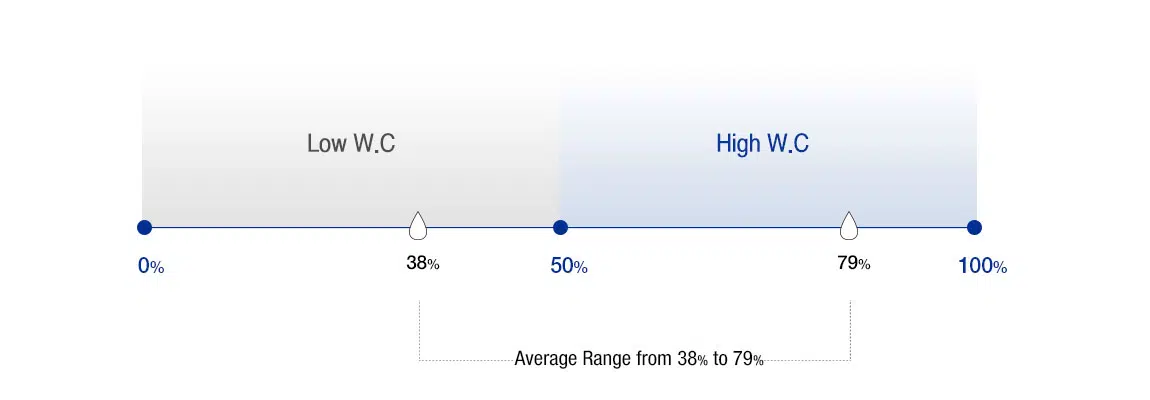
Our eyes need oxygen to stay clear and healthy. On top of that, it allows maximum airflow,
reducing redness and it’s best for people searching contact lens for astigmatism or extended
wear comfort.
UV Blocking Protection
Ultraviolet rays penetrate deep into the skin at short wavelengths of less than 380 nm,
and can cause diseases such as wide keratosis, cataracts, and macular degeneration.
Harmful rays can be blocked by wearing UV blocking lens!
Our lenses at Berry Lenses have UV Blocking Class II, shielding your eyes from harmful rays.
It’s great for everyday sun exposure in the Philippines especially if you prefer contact lens
brown color or contact lens for morena skin tones for a natural look.
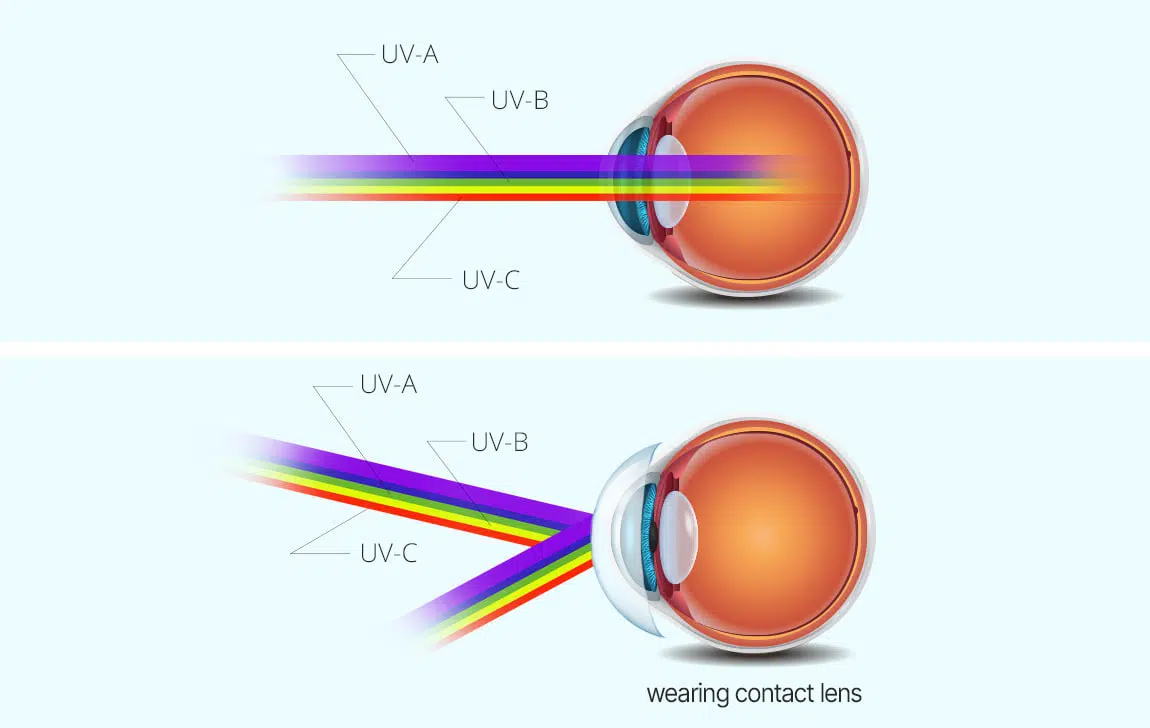
Designed for Filipino Eyes
Berry Lenses come in a variety of contact lens normal size diameters and curves to fit comfortably.
So, if you’re searching for contact lens near me, don’t worry we deliver fast nationwide,
wherever you are in the Philippines we can reach you, so you never have to compromise on
quality or style.
